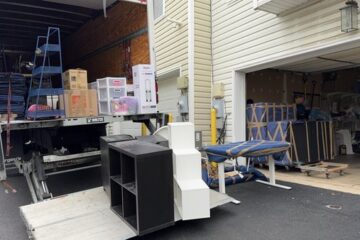Exploring Diabetic Mastopathy Treatment: Advances and Considerations

Diabetic mastopathy, a relatively rare condition, is characterized by the presence of benign breast lesions in individuals with diabetes mellitus. While the exact etiology of diabetic mastopathy remains unclear, the condition poses diagnostic and therapeutic challenges for patients and healthcare providers alike. In recent years, advancements in diagnostic modalities and treatment strategies have expanded our understanding and management options for diabetic mastopathy.
Diagnostic Considerations:
- Imaging Modalities: The diagnosis of diabetic mastopathy often relies on a combination of clinical examination, imaging studies, and histopathological analysis. Imaging modalities such as mammography, ultrasound, and magnetic resonance imaging (MRI) play a crucial role in evaluating breast lesions, assessing their characteristics, and guiding treatment decisions.
- Histopathological Features: Histological examination of breast tissue samples remains the gold standard for confirming the diagnosis of diabetic mastopathy. Characteristic histopathological findings include fibrosis, lymphocytic infiltration, and stromal sclerosis. Immunohistochemical staining may help differentiate diabetic mastopathy from other breast conditions, such as fibroadenomas or malignancies.
Treatment Approaches:
- Conservative Management: In many cases, asymptomatic diabetic mastopathy lesions may not require active intervention. Close monitoring with regular clinical examinations and imaging studies may suffice, especially in the absence of concerning features or symptoms.
- Symptomatic Relief: For individuals experiencing pain, discomfort, or cosmetic concerns related to diabetic mastopathy lesions, symptomatic management options may include non-steroidal anti-inflammatory drugs (NSAIDs), analgesics, and supportive measures such as wearing well-fitted bras or using cold compresses.
- Surgical Excision: Surgical intervention may be considered for symptomatic or enlarging diabetic mastopathy lesions that do not respond to conservative measures. Partial mastectomy or lumpectomy procedures aim to remove the affected breast tissue while preserving breast aesthetics and function.
- Radiation Therapy: In select cases, radiation therapy may be recommended to alleviate symptoms or prevent recurrence of diabetic mastopathy lesions following surgical excision. Radiation therapy helps target residual tissue and reduce the risk of fibrotic changes or local recurrence.
Future Directions:
While current treatment strategies focus on symptom management and lesion excision, ongoing research efforts aim to elucidate the underlying pathophysiology of diabetic mastopathy and explore novel therapeutic targets. Targeted therapies, immunomodulatory agents, and regenerative medicine approaches hold promise for addressing the inflammatory and fibrotic processes associated with diabetic mastopathy, potentially offering more targeted and effective treatment options in the future.
Conclusion
diabetic mastopathy treatment requires a multidisciplinary approach involving close collaboration between endocrinologists, breast surgeons, radiologists, pathologists, and other healthcare professionals. By leveraging advances in diagnostic techniques, treatment modalities, and research endeavors, we can enhance our ability to diagnose, manage, and ultimately improve outcomes for individuals affected by diabetic ma topathy.
Read More : https://www.databridgemarketresearch.com/reports/global-diabetic-mastopathy-treatment-market
Leave a reply
You must be logged in to post a comment.









